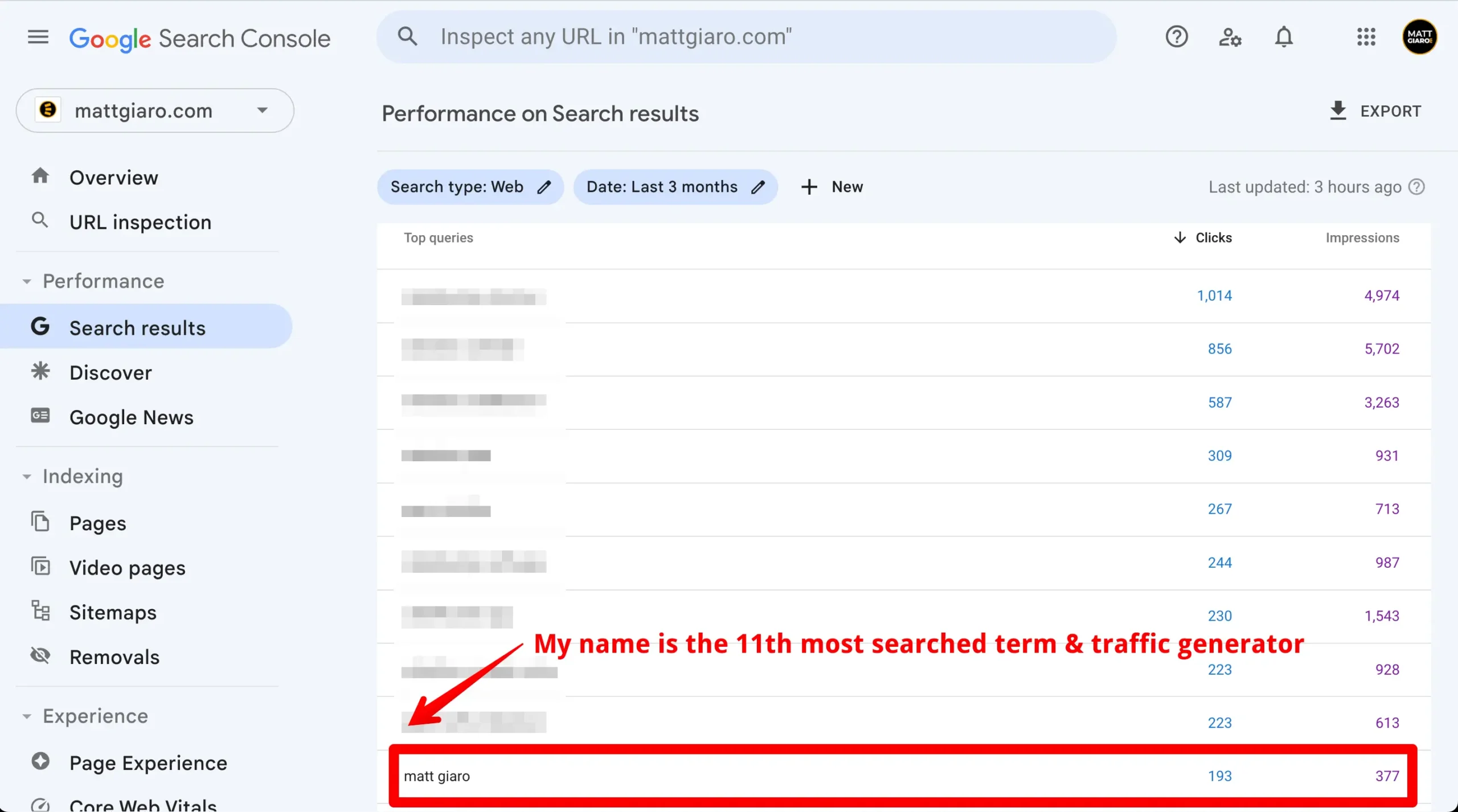Want to start writing online but can’t decide between Substack and WordPress?
I’ve been running WordPress blogs for over 12 years and have hands-on experience with Substack as well.
Here’s what I would recommend to get started.
Core differences Between Substack & WordPress
At their core, Substack and WordPress are fundamentally different platforms with distinct purposes.
Substack is a newsletter platform optimized for sending email newsletters to subscribers.
The focus is on building an audience through email only. You can’t customize the design or add new pages beyond your newsletter content.
WordPress, on the other hand, is an open-source content management system for building full-featured websites and blogs. It allows complete customization and control to create any kind of site you want.
A key difference is that Substack is a closed ecosystem – you are locked into their platform. If anything happens to your Substack account, you lose your content.
But you can export your email subscribers and then load them into another autoresponder of your choice.
With WordPress, you own your platform and content. You have full control and flexibility. Even if you switch hosts, your WordPress site and content goes with you.
But keep in mind that WordPress is NOT meant to send out newsletters.
If you want to know which platform is better for blogging, then I’d say WordPress. Here’s why:
Your audience is still Googling you.
As an example, my name is the 11th most searched keyword that brings in traffic to my website:

And they expect you to have a website. They expect to land on a blog with a clear presentation about:
- who you are,
- what you do,
- and what you offer!
They’re not just looking to join your Substack.
Where Substack can complement WordPress is by using it as your autoresponder.
Substack is a terrible autorespodner
Many writers turn to Substack because it’s free to send emails.
Substack is great to start writing online.
However, I do not recommend using Substack as an autoresponder alternative.
There are just too many features missing. For example, you cannot send automated emails on Substack. This is crucial if you want to build a strong relationship with your list. You’ll want at least a welcome sequence.
Also, there is no way to tag or manage your subscribers. You cannot send any specific follow-up sequences for clients, etc.
Which is better for SEO: Substack or WordPress?
SEO is a great way to get a ton of free traffic to your website. And in case you’re wondering – yes, it still works for a brand new website as I’m showing you in my free course.
WordPress is well-known for getting great results with SEO. But the main drawback when you’re using WordPress for your blog is that you’re going to start with a brand new domain. This domain has zero authority on Google, which means that you actually need to build up the reputation with your bare hands by publishing a lot of content and also by getting backlinks.
When you’re using Substack to start writing online or Beehiiv, then you could automatically benefit from their high domain authority and actually start ranking on Google quite fast.
But using platforms like Substack or Beehiiv for SEO is risky.
The reason is that those are platforms and they can ban you anytime. Don’t think it might not happen. There are a bunch of horror stories of people getting banned from autoresponders all the time.
So even though they are pushing the fact that you can rank your articles on Google and benefit from SEO, I didn’t see many Substack articles ranking on page one of Google.
(To contrast that, Medium gives you way better opportunities to also harvest some SEO traffic.)
So if you want your articles to perform well and attract traffic over time, WordPress is the way to go.
Which is easier to set up: Substack or WordPress?
In terms of ease of use and setup, Substack is very easy to set up – just create an account and you can start publishing in seconds.
WordPress is a little trickier.
Even though setting up a WordPress site has become simple with most major hosting providers, there are more steps involved:
You need to:
- Buy a domain name
- Buy hosting
- Install WordPress (most providers have a 1-click install feature)
- Then installing and configuring a WordPress theme and do some fine-tuning
As a beginner, this might seem overwhelming.
However, it’s worth spending a few days on because WordPress is more robust for SEO than Substack.
If you’re interested in learning exactly how to set up a WordPress blog for maximum free SEO traffic, check out my free course by clicking here.
Conclusion: Using Substack & WordPress Together
Both platforms are complementary. Use Substack as a way to reach an audience, and perhaps as a temporary solution to send out email broadcasts.
However, I don’t see any way around building your own WordPress blog because every serious creator needs their own website for SEO and branding purposes.
You can use Substack to grow your audience and leverage the audience that’s already on there to get some initial exposure to your writing.
What I recommend is using a WordPress blog for your SEO and personal brand content, and using Substack as a social blog where your articles are optimized for attention rather than SEO (because this is what works on that platform.)
